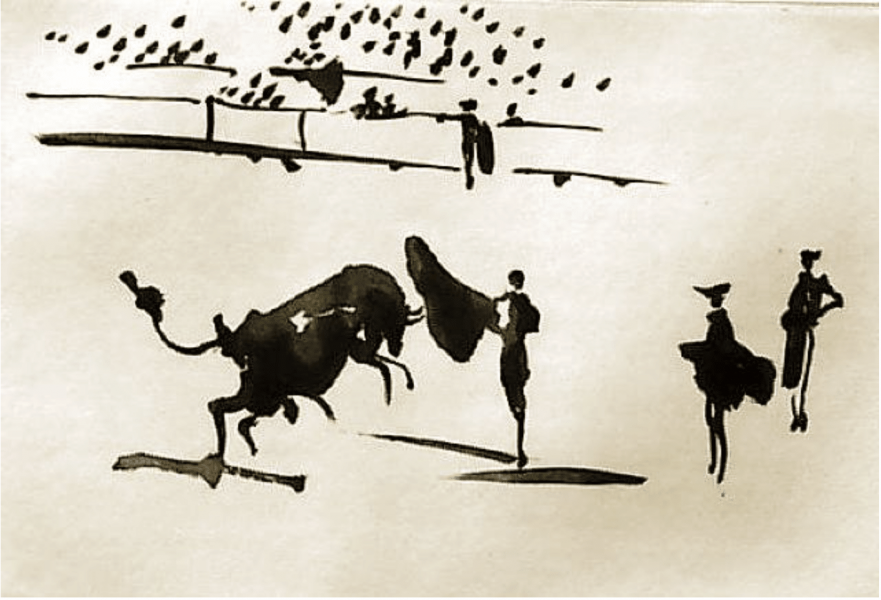Mouse Stew
I’ve got a bad habit of going way out on a limb in advising my current and prospective clients what art to buy and what to avoid. It’s a time-consuming process, yet I only occasionally succeed in my efforts to alter anyone’s tastes or collecting proclivities. And lately I’ve begun questioning whether or not I should even bother, given the low likelihood of success and the high likelihood of (unintentionally) offending. The following is a classic example of how such a line of reasoning crashed and burned. It regards a discussion I fell into about a couple of prints a collector had purchased years ago from Picasso’s illustrated book La Tauromaquia (1959, Bloch 950-976). I have a strong distaste for […]
